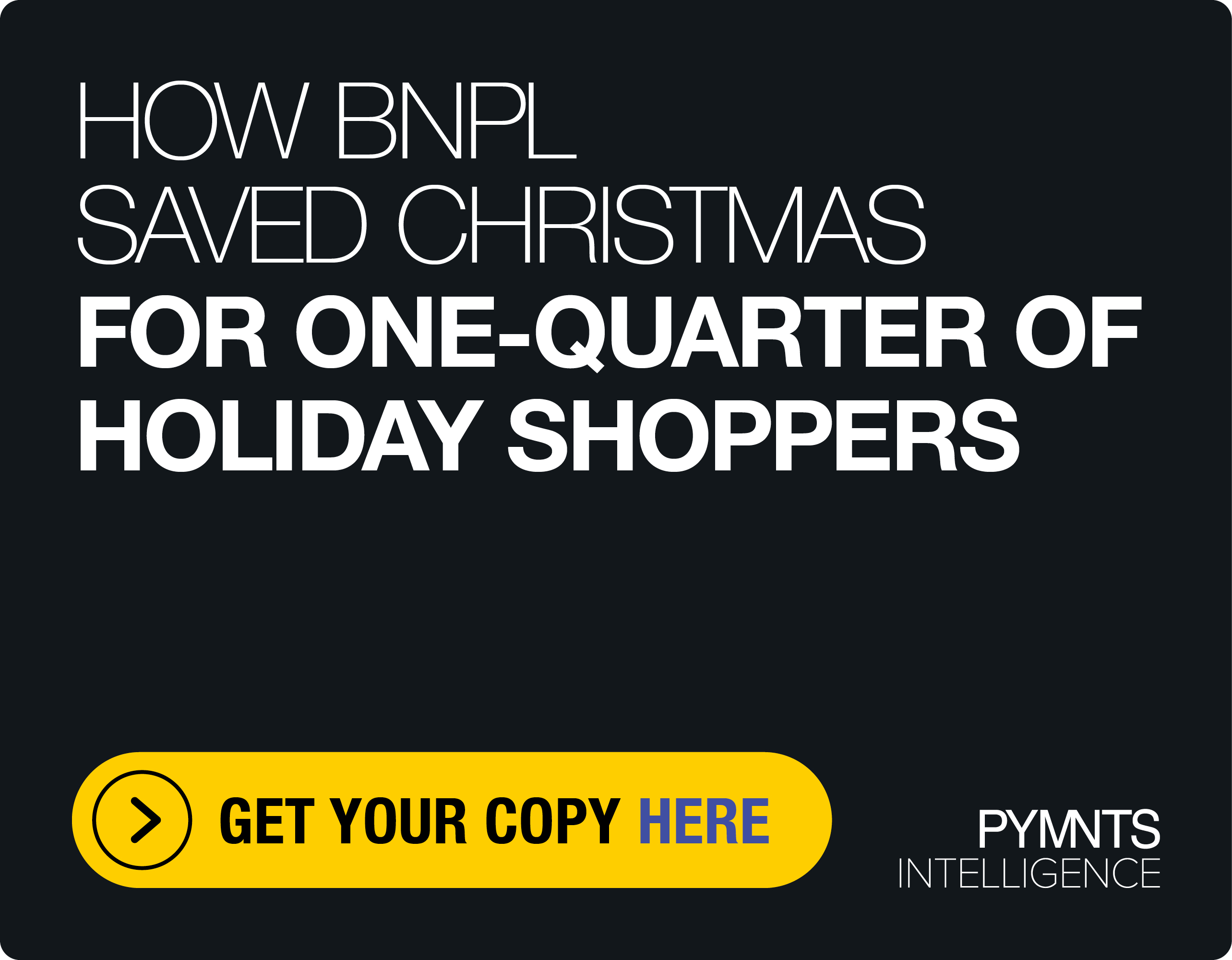Striking The Balance Between Consumer And Corporate Banking For Small Businesses

Until quite recently, small businesses (SMBs) have been stuck with their financial institutions (FIs) either providing them with sophisticated, expensive treasury management offerings or simply making do with banking services designed for individual consumers. Banks have quickly figured out that their business-to-consumer (B2C) services can’t meet all the needs of their SMB banking clients, and yet, as Puneet Malhotra, senior vice president of banking technology firm VSoft, said, small businesses still need services that look and feel like the tools they’re used to receiving as consumers.
That puts FIs in a difficult position, Malhotra recently told PYMNTS.
“Because of technology and product limitations in the last 10-plus years, FIs really didn’t have a choice when they onboarded their small business customers,” he said. “What used to be the case was the FI has two platforms — a consumer platform and a cash management platform.”
The cash management solution was built for larger enterprises and priced as such, the executive explained. Yet the consumer platform didn’t offer everything a small business needs.
“On the consumer side, it was not enough of a product. And on the cash management side, it was too much of a product — and cost prohibitive,” said Malhotra. “So small businesses were stuck.”
The rise of FinTechs like VSoft means banks and credit unions are now able to integrate third-party solutions designed for small businesses without having to invest in building out these platforms themselves. But according to Malhotra, this has given rise to a new challenge for small businesses when entrepreneurs’ personal and business banking offerings are offered on platforms a bit too separately.
Small businesses need a consumer-like experience in their financial services, he said. Just look at the iPhone as an example of this pattern.
“Business use cases are heavily influenced by what we do in our personal lives,” he said. “Most folks started using iPhones back in the day in our personal lives, and we said, ‘Hey, let’s use it for work.’ And slowly but steadily, the business world has adapted it in a pretty meaningful way.”
VSoft, recognizing this trend, is positioning its Arya banking platform to bring business and consumer banking a bit closer together. The platform is designed for financial institutions to offer products to their own consumer and business customers. Last month, VSoft announced that it has added business banking capabilities directly onto the platform, enabling entrepreneurs to access their personal banking services and their business banking services from essentially the same place.
For FIs, Malhotra said, this means streamlined onboarding, especially when their customers begin to request B2B services, which can be especially challenging for FIs once they begin to separate their consumer and SMB offerings.
From a small business owner’s perspective, consumer and SMB banking platforms remain separate from each other but exist on the same platform, which Malhotra said addresses another key challenge when FIs offer separate consumer and business banking platforms.
“You almost have to retrain the customer in how to use that business platform,” he explained. “It’s a different experience, a different look and feel, from the customer experience.”
Arya’s new features mean business owners can access their business services on a platform that has the same look and feel of their consumer banking portals, the executive added, including when they log in from mobile devices.
There are other paths in consumer banking that Malhotra said VSoft will be exploring as it adds new features to its business banking platform. That includes looking into artificial intelligence and examining how to upgrade physical FI branches to match the sophisticated, high-tech experiences clients get with self-service portals.
“Similarly, we look at the popularity of Alexa- and Siri-type products in our day-to-day lives and homes,” he added. “Especially for small businesses, it’s a natural progression that they would want to use the same capabilities on the small business side. In the confines of their workplace, they want to interact with a voice technology to quickly check their balances and cash positions. It reduces friction and adds to the convenience factor.”
Chatbots to support small business communication with a banker, as well as biometric authentication, are also on the table, he said.
“There are several such technology developments that are happening,” added Malhotra, “that we truly believe would enhance the customer experience — not only on the consumer side, but more importantly on the business side as well.”
